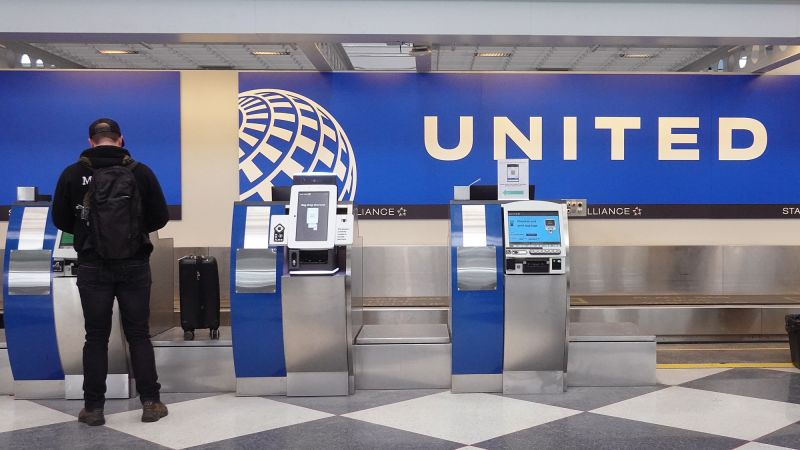United Airlines experienced financial challenges in the first quarter due to ongoing quality issues with Boeing aircraft. Following the grounding of its Boeing 737 Max 9 jets for three weeks after a door plug incident on an Alaska Airlines flight, United took a $200 million hit. The company, which relies on Boeing planes for 80% of its mainline fleet, had the largest number of Max 9 jets in the world, making it particularly vulnerable to Boeing’s problems. United did not confirm whether it expects reimbursement from Boeing for these costs, but stated that it would have been profitable without the grounding expenses.
In addition to the grounding of its jets, United Airlines faced other incidents such as engines catching fire and wheels falling off planes, drawing more attention to safety concerns. CEO Scott Kirby reassured customers of the airline’s commitment to safety and implemented a greater focus on this issue among employees. The Federal Aviation Administration also announced increased scrutiny of United in response to these incidents. Boeing’s negative publicity and grounding of jets further impacted United’s operations.
United Airlines revised its delivery expectations from Boeing, anticipating only 61 single-aisle jets this year, 40 fewer than initially expected. The freeze on pilot hiring and requests for voluntary unpaid furloughs were implemented due to the reduction in flight operations. The delivery of the Boeing 737 Max 10, the latest version of the aircraft, was also delayed, with certification possibly postponed until 2025. United converted some Max 10 orders to the Max 9 for deliveries in the following years and may make additional changes to its orders.
Concerns about Boeing’s aircraft quality and safety prompted United to lease 35 new Airbus A321neos, a competitor to the 737 Max, from two lessors. Deliveries of the Airbus planes are scheduled for 2026 and 2027. Despite these challenges, United reported an adjusted loss of $50 million in the quarter, an improvement from the previous year. Revenue increased by nearly 10%, primarily due to a 9% rise in miles flown by paying passengers. Fares also saw a slight increase, contributing to the overall performance of the airline.


